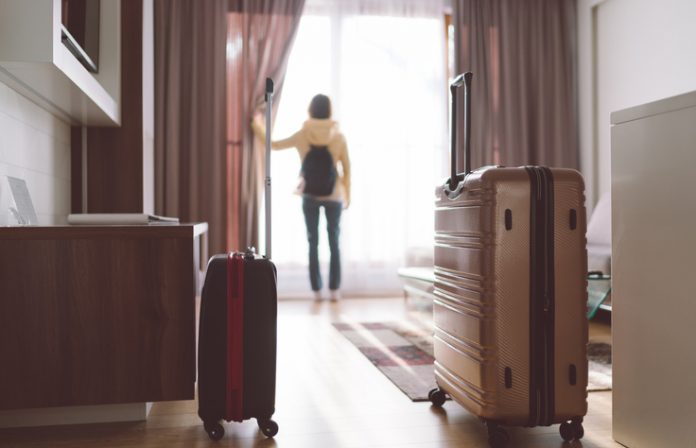Full-service hotels have long been a model of high performance, outperforming the rest of the U.S. hotel industry in nearly every conceivable benchmark for decades. But the tide has been turning in recent years, as soft brands and boutique hotels continue to claw out their positions of prominence.
Fueling this change is a shift in traveler preference away from high-touch service and toward the unique, local, and authentic. In part, soft-brand and boutique hotels are satisfying this need, and demand for these hotel options has surged in recent years.
To better understand the shifting dynamics of lodging options, STR looked at a few of the trends affecting soft-brand, boutique, and full-service hotels to gain more insight into an industry with an increasing number of choices.
The full-service model is encountering new threats in an increasingly competitive marketplace. Since 2014, demand for full-service hotels has grown at 1 percent annually compared to an annual demand growth rate of 2.4 percent for all hotels. That gap appears to be widening. In the past two years, demand for full-service hotels has decreased 0.1 percent annually, well below the national annual growth rate of 2.6 percent.
In terms of offerings, full-service hotels no longer have a corner on the market when it comes to services and amenities such as food and beverage services, laundry, and transportation. One possible explanation is the emergence of the smartphone. Travelers who want food can order online and have it quickly delivered. Need transportation or laundry? There are apps for that. Recommendations for sights to see? Reservations at a restaurant? Forget the hotel concierge; these are easy finds on the internet.
Another possible explanation is entirely cost-based. With so many amenities on-site, full-service hotels also are more expensive to develop and operate—making them less desirable for owners in a landscape where margins are already under pressure.
Additionally, in recent years, increasing numbers of travelers have been drawn to the unique, local, immersive experiences offered by soft-brand and boutique hotels. This has led to significant supply growth in these two accommodation models. Since 2014, boutique hotels have grown by 5.1 percent annually, and soft brands have grown at a 4.1 percent pace annually. To fill these extra beds, operators must win over transient travelers, typically short- stay business and leisure travelers, who account for 70 percent of demand nationally.
Full-service hotels have noticeably lagged in the segment in recent years. Nationally, since 2014, transient hotel demand has grown at a 3.4 percent annualized rate compared to a relatively lethargic 1.2 percent annualized growth rate for full-service hotels.
While transient demand for full-service hotels has grown at one-third of the national rate, soft brand and boutique demand have grown at 6 percent and 5.2 percent annually, respectively. Total demand growth for soft brands and boutique hotels was between four and five times higher than demand growth for full-service hotels from 2014 to 2019.
While STR’s data does show a proliferation of demand for soft-brand and boutique hotels, there are many factors at work in an ever-changing lodging landscape. It will be interesting to observe how these trends evolve as the hotel industry, after nine years of positive results, begins to show signs of weakening.











